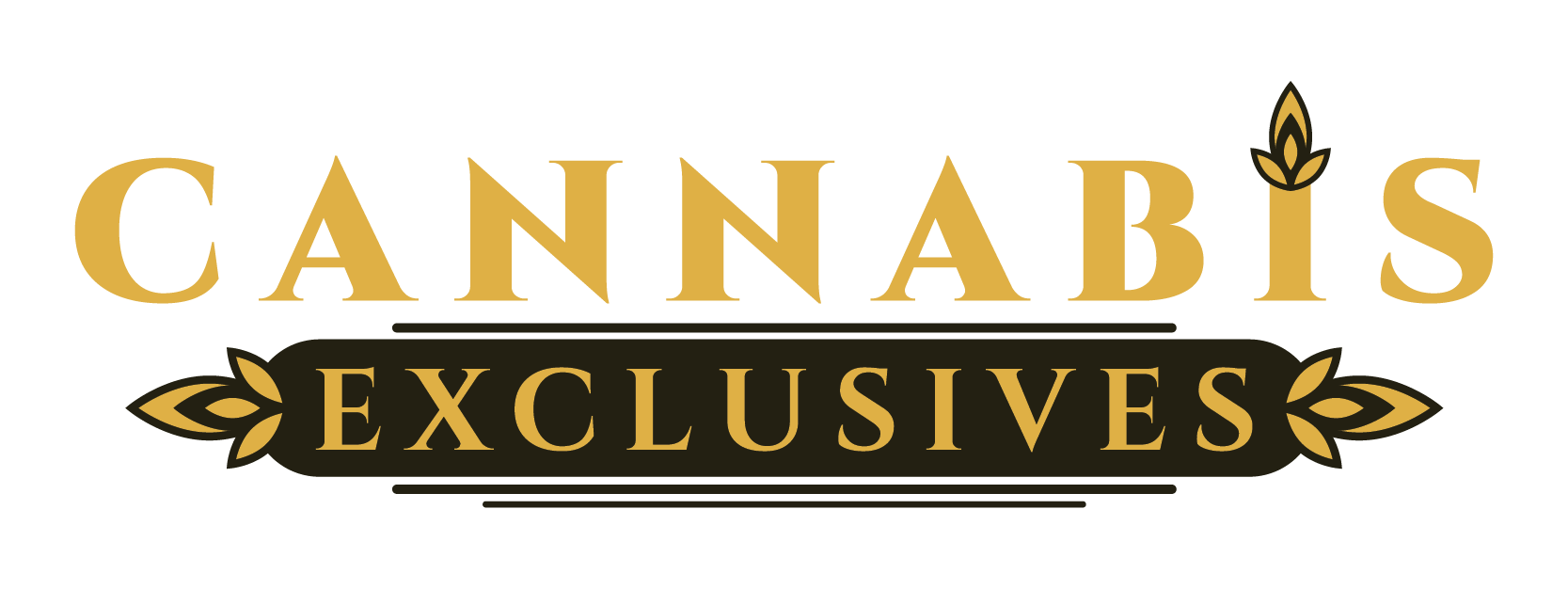Among legacy-caliber craft names, 710 Labs is synonymous with timed releases. Its members-only “The List” opens roughly once a month in each state, with occasional off-cycle drops tied to flower and hash schedules—effectively turning batch-based production into appointment shopping. Recent menus even publish exact dates and SKUs by market, underscoring the ritual nature of these launches. Jungle Boys takes a similar tack with “The Drop,” a standing destination for fresh genetics that keeps connoisseurs refreshing feeds and lining up in store.
Lifestyle megabrands run their own playbook. Cookies leans on rotating in-house genetics and location-specific rollouts, amplified by “exclusive specials” sign-ups and store blogs that flag new strains before they vanish. STIIIZY packages the concept seasonally—full Summer collections and limited SKUs (e.g., Pineapple Runtz OG) that drop across formats, keeping its proprietary pod ecosystem feeling new. Doja Pak/Doja Exclusive, built around hard-to-find genetics and small circles, drives demand through gated access like DOJA DIRECT, which alerts fans to special drops and events. Connected Cannabis Co. and sister brand Alien Labs layer exclusivity via collabs and controlled market entries; new state partnerships in 2025 explicitly position them as exclusive providers of sought-after California genetics.
Why drops work comes down to scarcity—and signaling. The “drop model,” borrowed from streetwear, weaponizes FOMO: low supply, time-boxed releases, and social proof create urgency and cultural cachet. In cannabis, that psychology meets real operational constraints: indoor exotics, live rosin, and pheno hunts produce true micro-batches. 710 Labs even notes drop timing is dictated by flower/hash schedules—authentic scarcity, not just marketing.
Market data supports the strategy. Pre-rolls—often the canvas for limited flavors and collab strains—have been the fastest-growing category, with infused variants commanding large share, making them ideal for hype-driven, high-turnover drops. Timed launches also cluster around tentpoles like 4/20, when receipts across the U.S. and Canada topped $50M in a single day in 2025—prime real estate for sell-through. Meanwhile, consolidation favors brands that stay top of mind with novelty: BDSA shows category leaders capturing more share (e.g., beverages), and its 2024 outlook stresses disciplined, data-centric portfolio moves—exactly what iterative drops enable. Finally, Brightfield’s brand-health work underscores that a growing majority of consumers say brand matters to purchase decisions; exclusives help cement that bond.
The risk? Overuse. Perpetual “limited” runs can erode trust if quality wavers or availability proves performative. The brands that win pair credible scarcity (small-batch genetics, state-by-state ops) with transparent cadence, clear lists, and consistent product experience. Expect 710 Labs, Jungle Boys, Cookies, STIIIZY, Doja, Connected/Alien Labs—and a rotating cast of regional craft houses—to keep refining drop mechanics as retailers plan around micro-releases, align on tentpole calendars, and mine sell-through data to decide which exclusives graduate to the core line.
